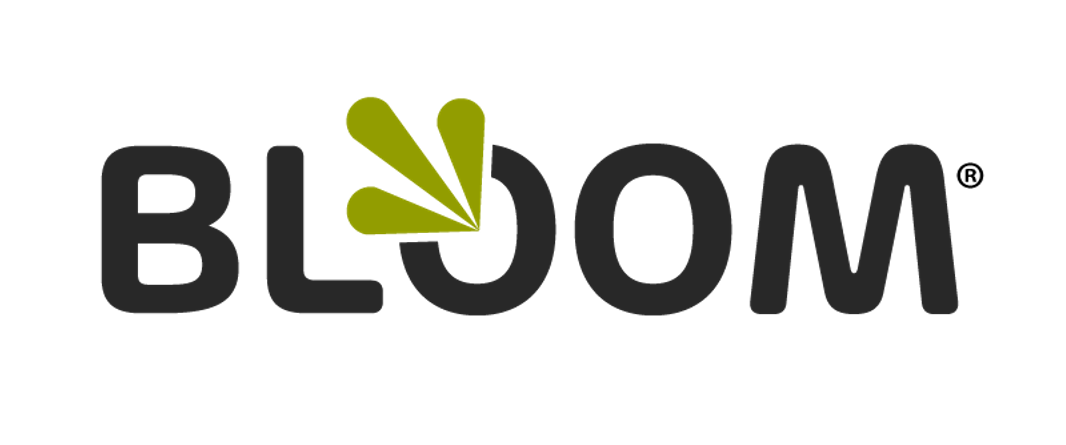Learn How to Develop A Healthy Approach to Dealing with Conflict
Dealing with conflict requires self-awareness, respect, careful listening, honesty, and structured dialogue to achieve a positive resolution.
Disrespect breeds an unhealthy approach to conflict.
Respect is the foundation of understanding differences. If you do not respect the person you’re engaging, then you likely have little true desire to discover and negotiate your differences.
Disrespect typically comes from one of three sources:
Some form of emotional, physical, or resource-affiliated abuse
Denial of rights for a person to act or feel a certain way
Misalignment of ethics and core values between two people
Be honest with yourself and identify whether any of these issues exist. If they do, you may need to accept that some level of conflict may always exist and that conflict management may be more realistic than conflict resolution. If maintaining a relationship requires conflict management, then you need to understand some facts:
Choosing to be in situations that involve obstacles to successfully handling the demands and responsibilities of a relationship undermines your ability to construct and maintain a positive self-image.
One of the most consistent and strongest findings in research about conflict is the significant relationship between conflict and stress-related health outcomes, which include: psychological strain, anxiety and depression, somatic complaints, elevated blood pressure, and substance abuse.
Approaches to conflict
Self-awareness goes a long way in dealing with conflict. Knowing how you operate initiates the process of understanding the skills you need to handle stressful situations. Your personality, values, beliefs, instincts, and intellect all affect how you handle stress. The Thomas-Kilmann Conflict Mode Instrument identifies five conflict-handling modes.
According the Thomas-Kilmann, in a conflict situation, a person’s behavior can be described in two basic dimensions:
Assertiveness: the extent to which the person attempts to satisfy his/her own concerns
Cooperativeness: the extent to which the person attempts to satisfy the other person’s conflict
These two dimensions further flesh out to define five methods of dealing with conflict:
Competing: assertive and uncooperative, this is a power-oriented method.
Collaborating: both assertive and cooperative, collaboration may take longer but provides a win-win outcome.
Compromising: intermediate in assertiveness and cooperativeness, compromise offers a middle ground that is often a lose-lose situation.
Avoiding: unassertive and uncooperative, avoidance does not address conflict. This, along with the following method, often leads to passive-aggressive behaviors.
Accommodating: unassertive and cooperative, accommodation is the direct opposite of competition and leads to habitual self-sacrifice.
Once you understand how you approach conflict, you will begin to develop conflict-resolution strategies that are tailored to your behavior under stress.
Convert conflict into constructive energy. Resolving conflict is better than ignoring it. One of the best processes we’ve found is the Kolbe Conflict CounterActives™ that leads to mutual understanding, defined goals, and resolved conflict around a specific issue.
A conflict-resolution dialog. There are many layers of discovery required when people explore core issues and root causes of conflict. Here are some modified steps for the dialog that demonstrate the types of considerations needed:
Listen, listen, listen. Listen actively for words and feelings. This means listening with empathy and without judgment. Be present. Be encouraging. Reflect on what the speaker said before you respond.
Write down and define specific examples of the conflict. Discuss your examples. Are they based on similar situations? Do you agree on what isn’t working?
Reaffirm your mutual trust.
Identify the areas where you leverage each other’s talents.
Develop a list of shared goals. Discuss differences and commonalities.
Discuss the amount of time you spend together, what materials and resources are shared, and whether one person has more control than the other. Do you agree on how it should be and why?
What disagreement do you have about each other’s feelings, thoughts, and actions? Where do your perspectives differ the most and why? How are your perspectives the same?
Are your natural approaches to problem-solving different from others? If so, name the differences.
What are the consequences of your conflict? How do they affect the other person’s expectations?
What are more realistic expectations? How will you achieve your common goals?
What action steps are you each willing to commit to? How often will you meet? How will you define success?
We recommend using a facilitator to help you learn the comprehensiveness of the process, especially in complex situations.
